Does Your Child Have Sever’s Disease?
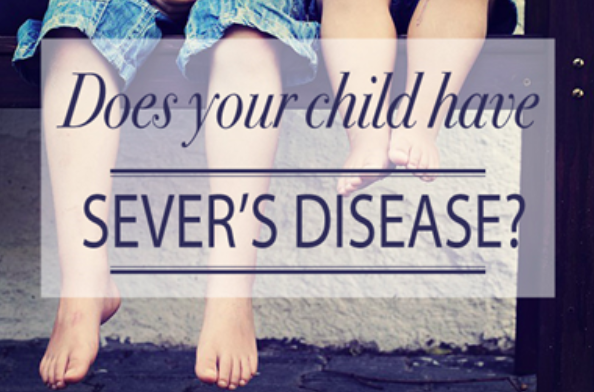
Calcaneal apophysitis is also known as Sever’s disease, although it is not a true “disease.” It is the most common cause of heel pain in children and can occur in one or both feet. It usually affects boys between the ages 8-10 and girls 10 to 12 years old.
What are the causes
Sever’s is caused by excessive use or force on the growth plate of the heel.
In the growth spurt of adolescence, the heel bone may grow at a faster rate than the muscles and tendons in the leg, causing overstretching of these soft tissues. As a result, the heel becomes less flexible and places additional pressure on the growth plate.
When the tightened muscles and tendons are subjected to extra stress and strain associated with sports and physical activities, the growth plate experiences more trauma, leading to swelling and pain. Other potential causes of calcaneal apophysitis include obesity, a tight Achilles tendon, and biomechanical problems such as flatfoot or a high-arched foot.
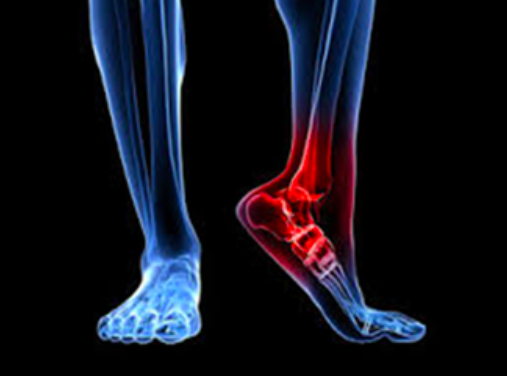
Symptoms:
Signs of calcaneal Sever’s may include:
- Pain in the back or bottom of the heel
- Limping
- Walking on toes
- Difficulty running, jumping, or participating in usual activities or sports
- Pain when the sides of the heel are squeezed
- Tiredness
Diagnoses:
Doctors usually diagnose Sever’s disease based on a child’s medical history and the symptoms they have. The doctor may also examine the heel and perform a “squeeze test.” In this test, the doctor squeezes the back of the heel to check if it hurts.
The child may also be asked to stand on their tiptoes, to see if other symptoms occur.
Treatment:
There is nothing you can do to stop Sever’s disease. It will stop when you finish growing.
However the following can help to relieve the symptoms:
- Physical therapy. Stretching or physical therapy modalities are sometimes used to promote healing of the inflamed issue.
- Reduce activity. The child needs to reduce or stop any activity that causes pain.
- Support the heel. Temporary shoe inserts or custom orthotic devices may provide support for the heel.
- Medications. Nonsteroidal anti-inflammatory drugs (NSAIDs), such as ibuprofen, help reduce the pain and
- Immobilization. In some severe cases of paediatric heel pain, a cast may be used to promote healing while keeping the foot and ankle totally immobile.

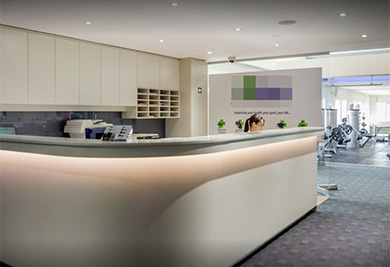
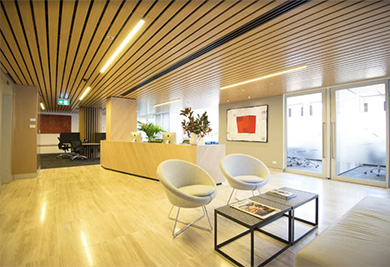
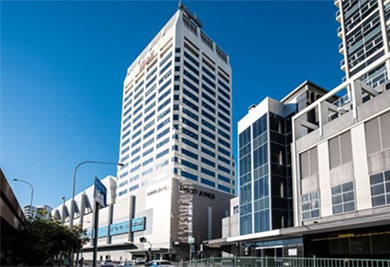
Leave a reply